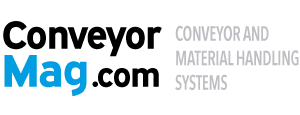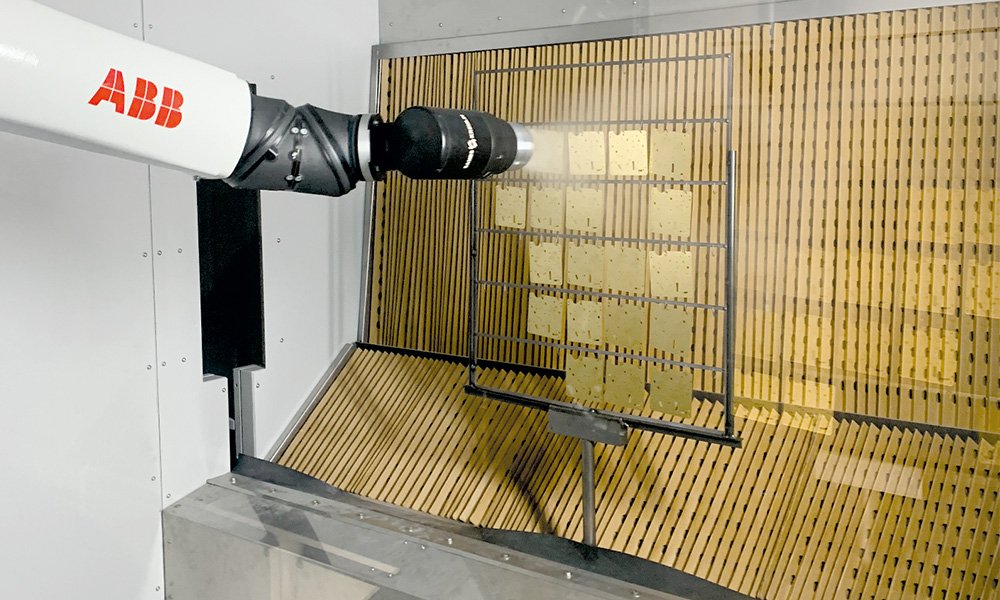Germany’s most prestigious maker of clocks and clockworks has high demands for the coating solution used for its delicate and highly varied small clock components. The system has to run like clockwork. It has to offer extreme accuracy while also remaining flexible and easy to use. In the search for a suitable system concept, the two long-established companies Hermle and Venjakob got together.
In this place, time never seems to stand still. The production site and company headquarters in Reichenbach am Heuberg in the German state of Baden-Württemberg is where the medium-sized family company Hermle, which looks back on 100 years of clockmaking, manufactures its clocks and clockworks. Hermle runs one of the most modern clock production facilities in the world and is one of the last remaining clock manufacturers. Where production of mechanical clockworks for large clocks is concerned, Hermle is the only full range supplier in the whole world.
Request for a compact system made to measure
The clockmaker wanted a new solution for coating mechanical clock components to be installed in the facilities built in Reichenbach in 2021. The plan was to have this system replace the previously used but now dated machines. These included a manual spraying bench for special components, an automatic coating system with an overhead conveyor for coating clock frames and a spindle chain conveyor for coating
rotationally symmetrical clock components. “Ideally the new system should combine all the different solutions we were using before,” was the customer’s request. But Heiko Dreher, Purchasing Manager at Hermle, only had a vague idea of what such a 3-in-1 solution could look like. Following detailed discussions, Kornelius Berg, the Venjakob Sales employee responsible for Hermle, submitted three different concepts for the new system, each offering different functions. “We came to an agreement quickly,” says Berg. The main differences affected the conveyor system. Heiko Dreher seemed taken by the ideas and the precise details of the concepts. In the end, Hermle chose the concept featuring a small, compact, fully automatic coating system with ABB coating robots and a floor conveyor with a rotary drive. The conveyor system accommodates the carrier frames that carry the clock components and is intended for cycled transport through each of the processing stations.
Set-up, install, and go
The selection criteria also included the available space. The function and design of the system were adapted to the dimensions of its future installation site. To facilitate quick commissioning, which was another customer request, the coating system was delivered in only a few separate parts. That way, only the platform for the supply and exhaust air and the spray booth had to be attached. “The customer even agreed to remove two walls from the room to make it possible for the system to be transported to the installation site in as few pieces as possible,” reports Venjakob’s Kornelius Berg. This small anecdote is sure to stick in the minds of all those involved for a long time to come.

Special master program for autonomous operation
The system concept developed by Venjakob allows Hermle to coat the greatest variety of small components in just one installation with a single conveyor system. The workpiece carriage is firmly installed on the tracks. The machine capacity was adapted to the application (with a cycle time of 5 minutes per item carrier) but an increase by approx. 20 percent remains possible. The entire system is designed to be flexible and as easy to use as possible. Venjakob’s software engineers programmed a special input interface for controlling the coating robot, giving the customer the simplest possible option for creating recipes of their own. “You simply copy the recipe, then enter the different parameters such as dimensions of the coated component, the coating speed or the angle of the coating gun,” Kornelius Berg explains the principle. The ease of use and adaptation to customer requirements applies to the entire system. A central operating system is used to control the coating system including the conveyor technology. Training the machine operator likewise only required a basic training course for maintenance and service of the coating robot by its manufacturer ABB.
Function sequence and process steps
The coating system transports items counterclockwise, the feeding and removal station are at the same location. The clock components being coated are attached to the item carrier frames by hand. These are then positioned in a form locking manner on the workpiece carriage of the floor conveyor and are quick to remove after the coating process is complete. Prior to the coating process, the desired recipe is selected on the system control desk and transmitted to the controls. The system controls contain the parameters for processing the parts according to each recipe.
After selecting the desired recipe, a simple push of the start button on the control desk will start the system. The floor conveyor moves the item carrier into the coating booth. Once the first side of the part has been coated by the robot, the item carrier rotates automatically thanks to the rotary device to permit coating of the other side. The next step is evaporation. The evaporation zone can contain two item carriers at once. After a 10-minute evaporation period, the item carriers are transported to the drying channel. The drying temperature is 80° to 120°C. The length of the through-feed dryer makes it possible for six item carriers to dry at the same time. The item carriers enter it in a 5 minute interval and remain there to dry for 30 minutes. The subsequent cooling process takes 10 minutes and happens outside of the channel at room temperature. Afterwards the item carriers are simply removed from the rods of the floor conveyor at the removal station.





